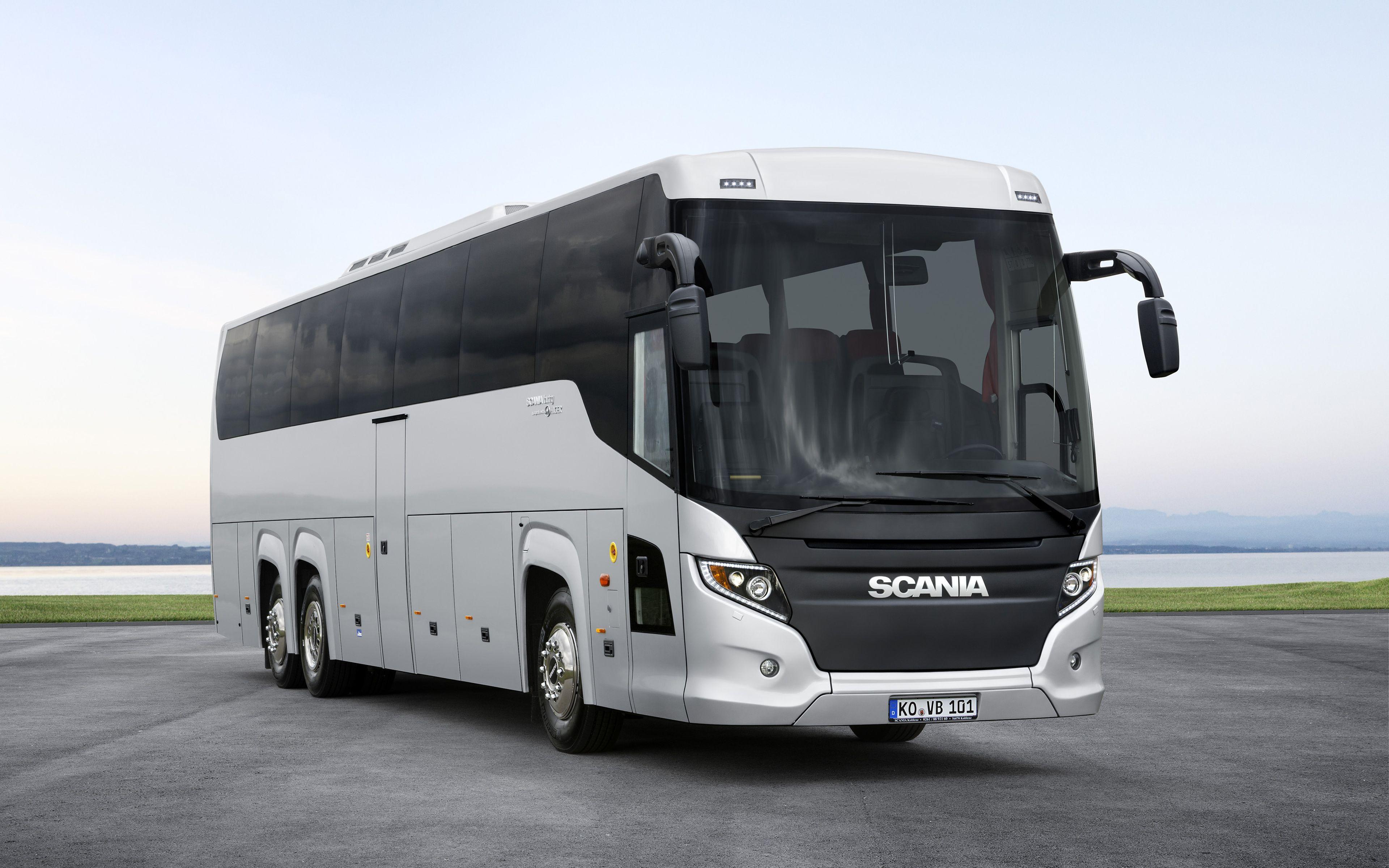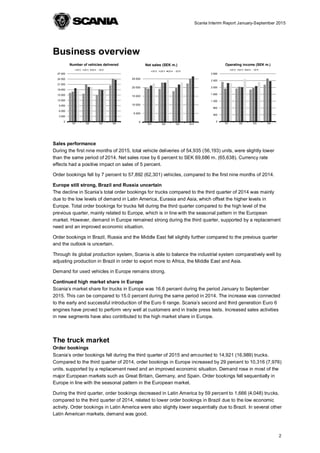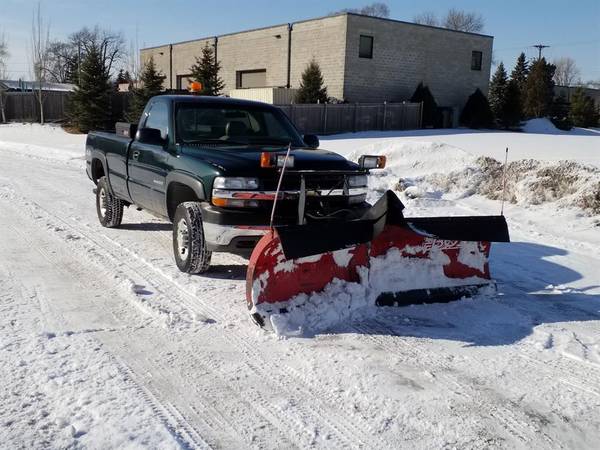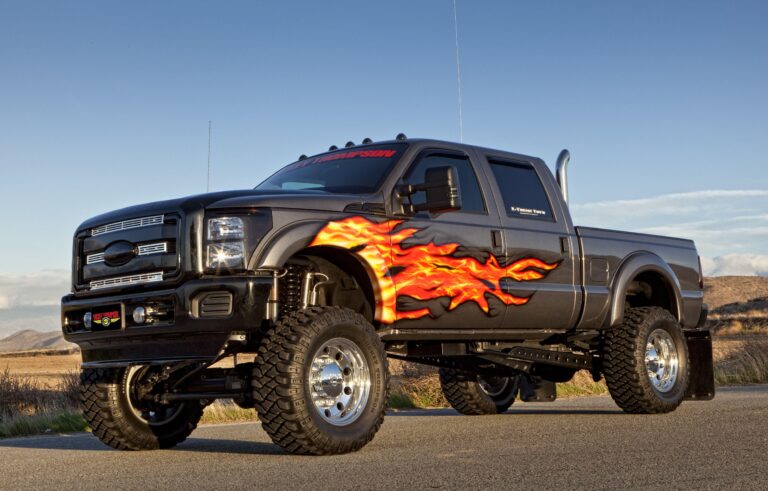Scania Companies Related In USA: Unpacking a Niche Presence
Scania Companies Related In USA: Unpacking a Niche Presence cars.truckstrend.com
Introduction: A Global Giant’s Unique American Footprint
When the name Scania is mentioned in the context of heavy vehicles, images of robust, distinctive trucks and buses dominating European, South American, and Asian highways often come to mind. Renowned globally for their modular design, fuel efficiency, and powerful engines, Scania AB, a Swedish manufacturer, holds a formidable position in the international commercial vehicle market. However, for many in the United States, Scania trucks are a rare sight, if seen at all, leading to a common misconception that the company has no presence here.
Scania Companies Related In USA: Unpacking a Niche Presence
This article aims to clarify and comprehensively explore the "Scania Companies Related In USA." While Scania does not have a widespread, direct truck sales operation in the American market as it does elsewhere, its influence and technology are present through specific, strategic channels. We will delve into Scania’s historical ventures, its current significant role in specialized engine applications, and the broader corporate relationships that connect this global powerhouse to the US economy. Understanding Scania’s unique American footprint offers valuable insights into international market dynamics, niche industrial sectors, and the strategic decisions of global automotive conglomerates.
Scania’s Global Footprint vs. US Market Realities
Scania’s global success is undeniable. A leader in sustainable transport solutions, the company designs, manufactures, and sells trucks, buses, and industrial and marine engines. With production facilities in Europe and Latin America, and a vast sales and service network spanning over 100 countries, Scania vehicles are a common sight on roads worldwide, particularly in regions where cab-over-engine designs are preferred and where their modular system provides a significant competitive advantage.
However, the North American heavy-duty truck market is uniquely challenging and highly competitive. Dominated by established domestic players like Freightliner (Daimler Trucks North America), Kenworth, Peterbilt (both PACCAR brands), Volvo, and Mack (both Volvo Group brands), and now International (Navistar, part of Traton Group), the landscape is saturated. Differing regulatory environments (especially concerning dimensions and emissions at various times), distinct consumer preferences (e.g., preference for conventional "long-nose" trucks), and the immense capital required to build a nationwide sales and service network have historically proven significant barriers for many foreign manufacturers.
Scania did make attempts to enter the US truck market, notably in the late 1980s, but these ventures were short-lived. The investment required to compete with entrenched players, coupled with the need to adapt product lines to specific US regulations and preferences, proved too great. Consequently, Scania chose to focus its primary vehicle sales efforts on markets where it already had strong brand recognition and established infrastructure. This strategic withdrawal from direct truck sales in the US market largely defines why Scania trucks are not commonly seen on American highways today.
Scania’s Engine Division in the USA: The Primary Connection
Despite the absence of its iconic trucks, Scania maintains a robust and vital presence in the USA through its industrial and marine engine division. Scania USA Inc., headquartered in San Antonio, Texas, is the official representative responsible for the distribution, sales, and service of Scania engines across the United States. This is the most significant "Scania Company Related In USA" that directly impacts American businesses and industries.
Scania engines are highly regarded for their compact design, high power-to-weight ratio, fuel efficiency, and robust performance, making them ideal for a diverse range of applications beyond road transport. In the USA, these engines power critical machinery and vessels across various sectors:

- Industrial Applications: Scania industrial engines are widely used in power generation (e.g., standby generators, prime power units), agricultural machinery (irrigation pumps, harvesting equipment), construction equipment (excavators, loaders, crushers), and other specialized industrial machinery. Their ability to meet stringent emissions standards, including Tier 4 Final, makes them a preferred choice for companies seeking powerful yet environmentally compliant solutions.
- Marine Applications: From commercial fishing boats and patrol vessels to luxury yachts and passenger ferries, Scania marine engines are a popular choice for propulsion and auxiliary power. Their reliability, compact size, and impressive torque delivery are well-suited for the demanding marine environment. Scania USA works with a network of authorized marine dealers and service points to support these applications.
- Other Niche Uses: Scania engines also find homes in unique applications such as snow groomers, airport ground support equipment, and various defense industry solutions, showcasing their versatility.

The success of Scania’s engine division in the USA is built on a strong network of independent distributors and dealers who provide sales, parts, and technical support. This network ensures that US customers have access to genuine Scania parts and factory-trained technicians, guaranteeing the longevity and performance of their Scania-powered equipment.
Historical Ventures and Limited Truck Presence
As mentioned, Scania’s attempts to establish a truck presence in the US market were limited and ultimately unsuccessful in the long term. In the late 1980s and early 1990s, Scania imported a small number of its cab-over trucks to test the waters. These trucks, while appreciated by some for their build quality and fuel economy, struggled against the prevailing American preference for conventional trucks (with long hoods) and the deeply entrenched dealer networks of domestic manufacturers.
Key challenges included:
- Market Preference: American truck drivers and fleet operators historically favored conventional trucks for their perceived comfort, crash safety, and ease of engine access. Cab-over designs, while common in Europe due to length restrictions, were less popular.
- Regulatory Differences: Adapting vehicles to meet specific US safety, emissions, and dimension regulations often required significant engineering changes.
- Service and Parts Network: Establishing a comprehensive nationwide service and parts network from scratch against established competitors was an enormous and costly undertaking.
- Brand Recognition: Scania lacked the brand recognition that domestic manufacturers had cultivated over decades.

Today, finding a Scania truck in operation in the USA is exceedingly rare. Any that exist are likely privately owned collector vehicles or perhaps very specialized, low-volume imports for specific, non-commercial applications. They are not part of the commercial trucking landscape.
Scania’s Indirect Influence and Corporate Relationships (Traton Group)
Understanding Scania’s relationship with the USA also requires looking at its corporate parentage. Scania is a wholly-owned subsidiary of Traton SE, a German commercial vehicle manufacturer that is itself a subsidiary of Volkswagen AG. Traton Group comprises several prominent brands: Scania, MAN (another European truck and bus manufacturer), and Navistar International Corporation (which produces International brand trucks and IC Bus in North America).
While this ownership structure does not mean you will find Scania trucks rebadged as International trucks, it signifies a broader strategic alignment. Traton aims for synergy across its brands, sharing technology, platforms, and R&D where feasible. For the US market, the most direct implication of this relationship is through Navistar. While Navistar’s product lines remain distinct from Scania’s, the shared corporate umbrella can lead to:
- Knowledge Sharing: Research and development insights, best practices in manufacturing, and sustainability initiatives can be shared across the Traton brands, potentially influencing future product development within Navistar, even if it doesn’t result in direct Scania products in the US.
- Global Sourcing Strategies: Traton’s collective purchasing power can lead to efficiencies in component sourcing, which might indirectly benefit all its subsidiaries, including those operating in the US.
- Strategic Direction: Scania’s global strategies, including its focus on electrification and autonomous driving, are part of Traton’s broader vision, which indirectly shapes the future direction of commercial vehicle technology that eventually impacts global markets, including the US.
Therefore, while not directly selling trucks, Scania’s existence within the Traton Group means it is part of a larger entity with significant commercial vehicle interests and operations within the United States via Navistar.
Practical Considerations for US Customers
For US businesses and individuals interested in Scania products, the focus will almost exclusively be on their engines.
Purchasing Scania Engines/Parts in the USA:
- Authorized Distributors: Scania USA Inc. works with a network of authorized independent distributors across the country. These distributors are the primary point of contact for sales of new engines, genuine Scania parts, and accessories.
- Application-Specific Solutions: Distributors are equipped to help customers select the right engine configuration for their specific industrial or marine application, ensuring optimal performance and compliance with relevant standards.
- Warranty: New Scania engines purchased through authorized channels come with a manufacturer’s warranty, providing peace of mind.
Service and Support:
- Specialized Technicians: Scania’s authorized service centers and distributors employ factory-trained technicians who specialize in Scania engines. These technicians have access to proprietary diagnostic tools and technical information.
- Genuine Parts: Using genuine Scania parts is crucial for maintaining engine performance, reliability, and warranty validity. Distributors stock a comprehensive range of parts for quick availability.
- Preventative Maintenance: Regular maintenance according to Scania’s recommendations is vital for maximizing engine lifespan and fuel efficiency.
Benefits for US Businesses Using Scania Engines:
- Durability and Reliability: Scania engines are known for their robust construction and ability to perform reliably in demanding environments.
- Fuel Efficiency: Their advanced design and combustion technology contribute to excellent fuel economy, reducing operational costs.
- Emissions Compliance: Scania engines are designed to meet stringent emissions standards, including EPA Tier 4 Final, making them suitable for environmentally sensitive operations.
- High Power Density: Scania engines offer impressive power output for their compact size, allowing for more efficient use of space.
Challenges:
- Truck-Specific Service: If by chance you own one of the rare Scania trucks imported into the US, finding specialized service and parts can be a significant challenge, as the infrastructure for trucks simply doesn’t exist here.
- Lead Times: While common engine parts are usually available, highly specialized or less common components might require ordering from overseas, leading to longer lead times.
Pricing and Presence Overview: Scania in the USA
Given that Scania does not sell trucks directly in the US market, a traditional "price table" for vehicles isn’t applicable. However, we can create a "Presence and Value Proposition Table" that outlines the various aspects of "Scania Companies Related In USA," their focus, and what they offer. Engine pricing is highly variable based on model, configuration, and application, and is best obtained directly from an authorized distributor.
| Entity/Relationship | Type of Presence in USA | Key Activities/Products | US Market Focus | Notes |
|---|---|---|---|---|
| Scania USA Inc. | Direct Subsidiary | Sales, Distribution, Service Support for Scania Engines | Industrial, Marine, Power Generation, OEM customers | The primary direct operational presence for Scania in the US. Supports a network of independent dealers/distributors. |
| Scania Industrial Engines | Product Line (via Scania USA) | Diesel engines for power generation, construction, agriculture | Businesses needing robust, emissions-compliant engines | Known for compact design, high power-to-weight ratio, and fuel efficiency. |
| Scania Marine Engines | Product Line (via Scania USA) | Diesel engines for commercial vessels, yachts, pleasure craft | Boat builders, fleet operators, private owners | Reliable propulsion and auxiliary power solutions for diverse marine applications. |
| Authorized Scania Distributors/Dealers | Independent Businesses | Sales, Parts, Service for Scania Engines | Regional industrial and marine sectors | Crucial network providing local support, technical expertise, and genuine parts to US customers. |
| Traton SE (Parent Company) | Corporate Ownership | Global commercial vehicle group (Scania, MAN, Navistar) | Strategic oversight, R&D, global synergy | Scania’s owner, also owns Navistar (International Trucks) in the US, creating an indirect corporate link. No direct product overlap. |
| Historical Truck Imports | Very Limited Past Presence | Small number of trucks imported for market testing (1980s-90s) | N/A (no longer active sales) | These trucks are now rare collector’s items; no commercial sales or service network exists for them. |
| Used Scania Parts/Equipment | Secondary Market | Components or machinery with Scania engines | Niche buyers/repair shops | Available through salvage, specialized parts dealers, or online marketplaces for engines/parts only. |
Frequently Asked Questions (FAQ) about Scania Companies Related In USA
Q1: Are Scania trucks sold in the USA today?
A1: No, Scania trucks are not currently sold through an official sales network in the USA. Their attempts to enter the US truck market in the past were not sustained.
Q2: Where can I buy Scania engines in the USA?
A2: Scania engines (for industrial and marine applications) are sold and serviced in the USA through Scania USA Inc. and its network of authorized independent distributors and dealers located across the country.
Q3: Who services Scania engines in the USA?
A3: Scania engines are serviced by factory-trained technicians at authorized Scania distributors and dealer service centers. These locations provide genuine Scania parts and specialized diagnostic tools.
Q4: Is Scania part of a larger automotive group?
A4: Yes, Scania is a wholly-owned subsidiary of Traton SE, which is itself a subsidiary of Volkswagen AG. Traton’s portfolio also includes commercial vehicle brands like MAN and Navistar (International Trucks in North America).
Q5: What kind of vehicles does Scania make globally?
A5: Globally, Scania manufactures heavy-duty trucks, buses, and industrial and marine engines. They are known for their modular product system, which allows for high customization and efficient production.
Q6: Why did Scania leave the US truck market?
A6: Scania’s past ventures into the US truck market faced significant challenges, including intense competition from established domestic brands, differing market preferences for truck designs (conventional vs. cab-over), and the immense cost of building a nationwide sales and service network from scratch. They chose to focus on markets where they had stronger existing presences.
Q7: Can I import a Scania truck into the USA?
A7: While it is technically possible to import a vehicle, importing a modern Scania truck for commercial use would be extremely complex due to differing safety, emissions, and import regulations. It would also be nearly impossible to find parts and service support for such a vehicle in the US. Private collectors might import older models for non-commercial use, but this is a niche activity.
Concluding Summary: A Focused American Presence
In conclusion, while the iconic yellow griffin of Scania trucks may be a rare sight on American roads, the company’s presence in the USA is far from nonexistent. Scania has strategically carved out a significant niche through its highly respected industrial and marine engine division, powered by Scania USA Inc. and its robust network of authorized distributors. These powerful, fuel-efficient, and emissions-compliant engines are vital components in a wide array of US industries, from power generation and construction to commercial fishing and luxury yachting.
Scania’s historical attempts to penetrate the fiercely competitive US truck market serve as a testament to the unique dynamics of the North American commercial vehicle landscape. Its current relationship within the Traton Group, alongside Navistar, further highlights its indirect corporate ties to the American automotive sphere. For those seeking Scania’s renowned quality and engineering in the USA, the focus firmly remains on their world-class engine solutions, which continue to drive American innovation and industry with quiet efficiency and power.






